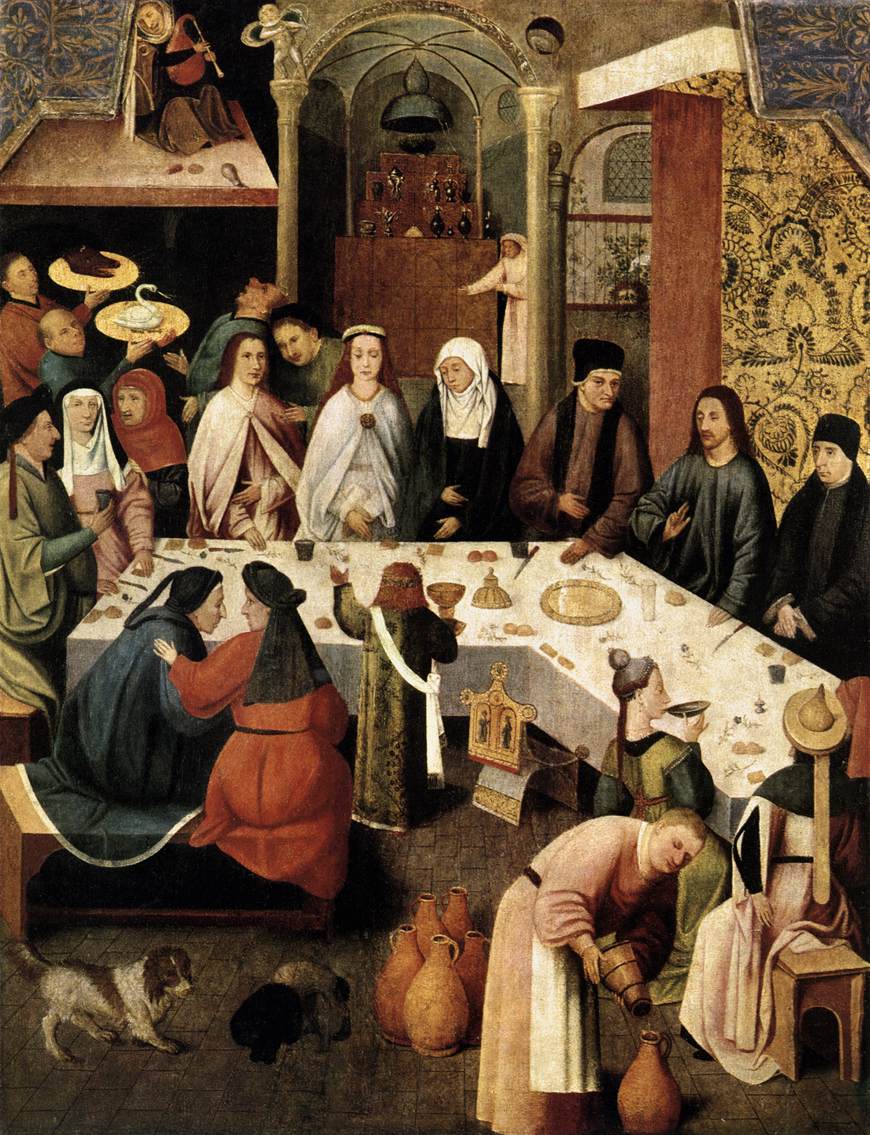Description
The painting "Marriage Feast at Cana" by artist Hieronymus Bosch is a fascinating work of art that has captured the attention of viewers for centuries. This 16th-century masterpiece is one of the most outstanding pieces in the collection of the Museo del Prado in Madrid, Spain.
The painting depicts the famous biblical story of the wedding at Cana, where Jesus turns water into wine. However, Bosch's portrayal of this story is unique and surprising. Instead of depicting the biblical scene in a traditional way, Bosch uses his distinctive artistic style to create a surreal and detailed work of art.
The composition of the painting is complex and fascinating. Bosch uses a technique called "layer painting" to create a sense of depth and complexity in the work. Furthermore, the painting is full of details and symbolic elements that require careful observation to fully appreciate.
The use of color in painting is vibrant and exciting. Bosch uses a bright, saturated color palette to create a sense of joy and celebration on site. However, it also uses darker, muted tones to create a sense of mystery and danger.
The history of the painting is interesting in itself. The work was commissioned by the Leuven beer guild in Belgium in the 16th century. The painting was originally intended to be hung in the guild's banquet hall, where weddings and other festivities were held.
Little known aspects of the painting include the presence of mythological and demonic figures in the work. Bosch uses these figures to create a sense of danger and mystery in the work, and to represent the fight between good and evil.
In summary, the painting "Marriage Feast at Cana" by Hieronymus Bosch is a fascinating work of art that offers a unique and surprising insight into a well-known Biblical story. The composition, color and symbolic details make this work one of the most outstanding of the Flemish Renaissance.

